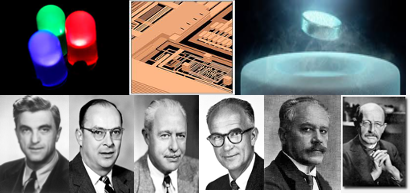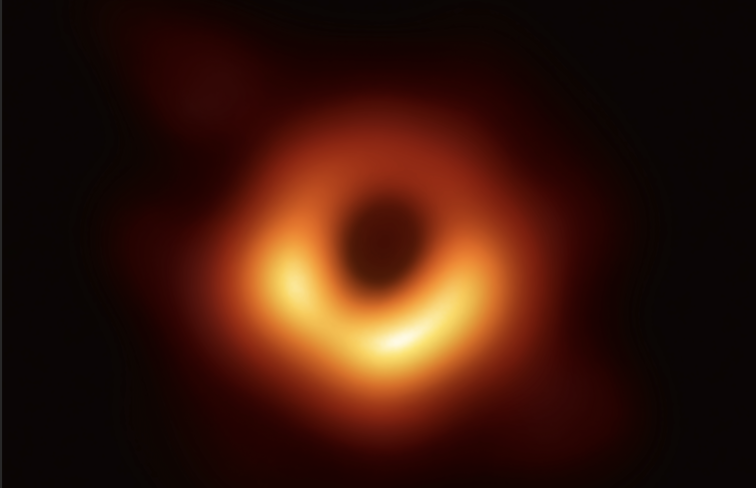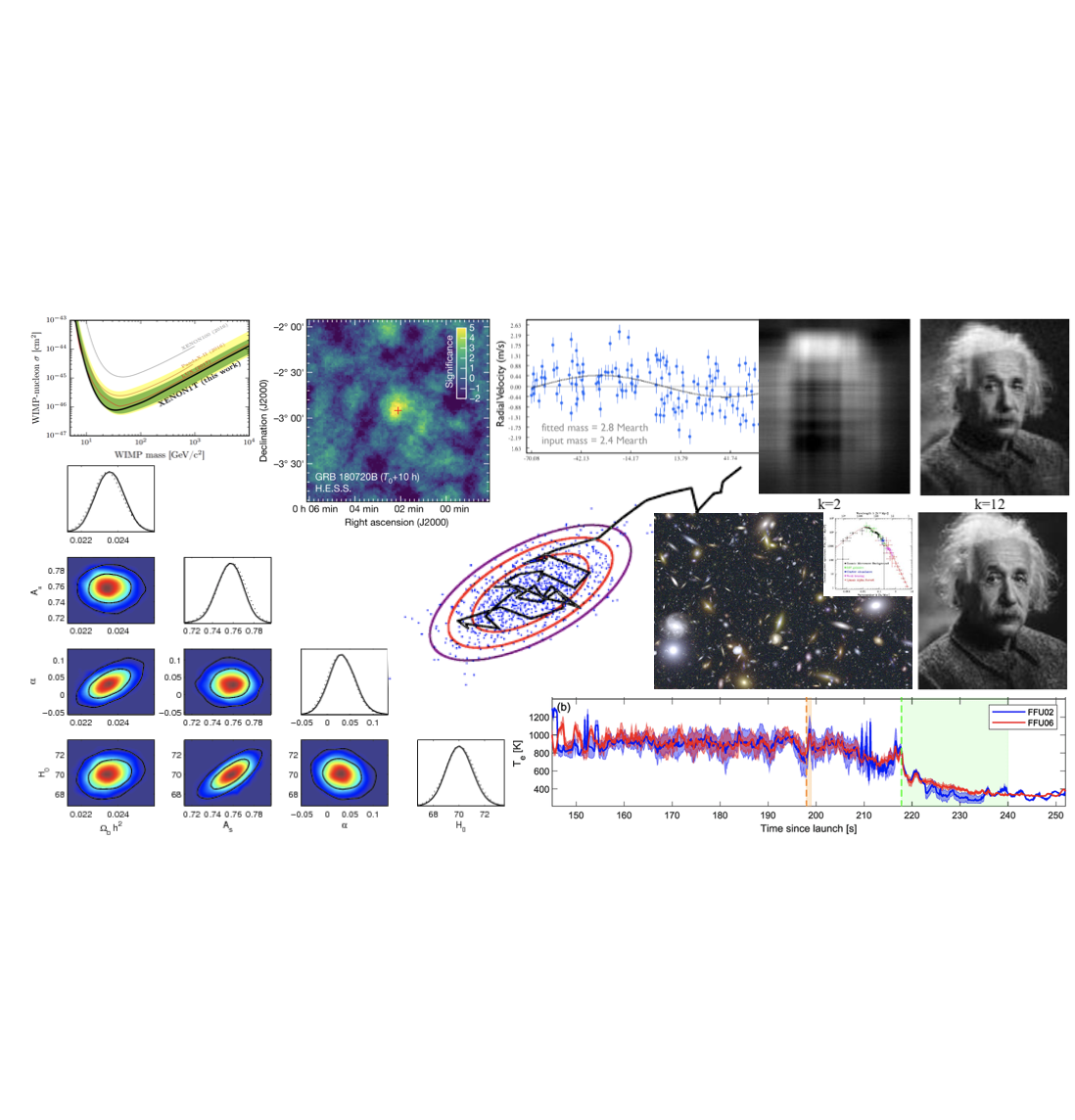
- Enseignant: Voicu octavian DOLOCAN
- Enseignant: Olivier THOMAS

Preparation for 2024 French Physicists’ Tournament.
- Enseignant: Christophe ALMARCHA
- Enseignant: Regis BISSON
- Enseignant: Jean-marie LAUGIER
- Enseignant: Pierre LOMBARDO
- Enseignant: Nicolaos PAPAGEORGIOU
- Enseignant: Eric SALOMON
- Enseignant: Jean-marc THEMLIN
- Enseignant: Gautier VERHILLE

- Enseignant: Mathieu ABEL
- Enseignant: Olivier AGULLO
- Enseignant: Nora ALIANE
- Enseignant: Christophe ALMARCHA
- Enseignant: Thierry ANGOT
- Enseignant: Marlon BARBERO
- Enseignant: Julien BEL
- Enseignant: Peter BEYER
- Enseignant: Regis BISSON
- Enseignant: Gwenn BOEDEC
- Enseignant: Jose BUSTO
- Enseignant: Elena CANNUCCIA
- Enseignant: Gilles CARTRY
- Enseignant: Coline CASANOVA
- Enseignant: Caroline CHAMPENOIS
- Enseignant: Patrick CHAUMET
- Enseignant: Fabien CHEYNIS
- Enseignant: Heide COSTANTINI
- Enseignant: Adeline CREPIEUX
- Enseignant: Marie julie DALBE
- Enseignant: Remy DASSONNEVILLE
- Enseignant: Sylvain DE LA TORRE
- Enseignant: Guillaume DEMESY
- Enseignant: Bruno DENET
- Enseignant: Julien DESCHAMPS
- Enseignant: Voicu octavian DOLOCAN
- Enseignant: Nicolas DUBUIT
- Enseignant: Arnaud DUPERRIN
- Enseignant: Yves ELSKENS
- Enseignant: Jean pierre ERNENWEIN
- Enseignant: Alexandre ESCARGUEL
- Enseignant: Christelle EYRAUD
- Enseignant: Matteo FAGANELLO
- Enseignant: Luc FAVRE
- Enseignant: Anne-laure FEHREMBACH
- Enseignant: Elena FLORIANI
- Enseignant: Guillaume FUHR
- Enseignant: Laurent GALLAIS-DURING
- Enseignant: Mathieu GENOIS
- Enseignant: William GILLARD
- Enseignant: Stephane GRIMALDI
- Enseignant: Gaetan HAGEL
- Enseignant: Roland HAYN
- Enseignant: Marie HOUSSIN
- Enseignant: Vincent HUE
- Enseignant: Eric KAJFASZ
- Enseignant: Mohammed KOUBITI
- Enseignant: Laurence KOVACIC
- Enseignant: Thomas KRAJEWSKI
- Enseignant: Serge LAZZARINI
- Enseignant: Frederic LEROY
- Enseignant: Amelie LITMAN
- Enseignant: Aurelien MANCHON
- Enseignant: Christian MARINONI
- Enseignant: Celine MARTIN
- Enseignant: Thierry MARTIN
- Enseignant: Laurence MASSON
- Enseignant: Olivier MORIZOT
- Enseignant: Caroline MOSSE SABONNADIERE
- Enseignant: Magali MURAGLIA
- Enseignant: Andre NICOLET
- Enseignant: Laurent NONY
- Enseignant: Oleg OGIEVETSKY
- Enseignant: Cedric PARDANAUD
- Enseignant: Alejandro PEREZ
- Enseignant: Olivier PEYRUSSE
- Enseignant: Federico PIAZZA
- Enseignant: Alain POCHEAU
- Enseignant: Laurent RAYMOND
- Enseignant: Pierre RECOUVREUX
- Enseignant: Felix RICO CAMPS
- Enseignant: Delphine RUSSEIL
- Enseignant: Evelyne SALANCON
- Enseignant: Nicolas SANNER
- Enseignant: Alexandre SANTERNE
- Enseignant: Steffen SCHAFER
- Enseignant: Carlo SCHIMD
- Enseignant: Gabriel SORIANO
- Enseignant: Brian STOUT
- Enseignant: Mossadek TALBY
- Enseignant: Michael TEXIER
- Enseignant: Jean-marc THEMLIN
- Enseignant: Patrice THEULE
- Enseignant: Marie-pierre VALIGNAT
- Enseignant: Alberto VERGA
- Enseignant: Jean-marc VIREY
- Enseignant: Frank WAGNER
The goal of this course is to learn how to use the tools allowing to write scientific documents of high quality. The LATEX typesetting system is universally used in the scientific and technical literature; it is based on the language TEX created by Donald Knuth.
You will write a short article using your own lecture notes from one of the courses you attended. Your document should comply with the standards of the scientific papers: front matter, abstract, introduction, body content, conclusion, and references.
A reasonable, minimal, scientific computing environment might consist in (preferably in a unix-like system!):
- A LATEX distribution (TeXLive on linux)
- An editor: TeXMaker, vim, etc.
- A python programming environment (you may use Anaconda)
- Enseignant: Alberto VERGA
This course addresses to students who followed a first statistical physics course at the level of the classical book by Kittel, “Thermal physics” (1980).
Introduction
Gibbs ensembles
Equilibrium and irreversibility
Non interacting systems, bose and fermi gases
Paramagnetism and diamagnetism
Interacting gases: virial expansion
Lattice models
Phase transitions
Twodimensional ising model
Problems, exercises and applications
Bibliography:
Landau, D. and Lifshitz, E., Statistical Physics (Pergamon Oxford, 1980).
Kardar, M., Statistical Physics, vol. 1 Particles, vol. 2 Fields (Cambridge, 2007).
Sethna, J. P., Statistical Mechanics, Entropy, Order Parameter and Complexity (Oxford, 2006).
Schwabl, F., Statistical Mechanics (Springer, 2006).
Introduction
Gibbs ensembles
Equilibrium and irreversibility
Non interacting systems, bose and fermi gases
Paramagnetism and diamagnetism
Interacting gases: virial expansion
Lattice models
Phase transitions
Twodimensional ising model
Problems, exercises and applications
Bibliography:
Landau, D. and Lifshitz, E., Statistical Physics (Pergamon Oxford, 1980).
Kardar, M., Statistical Physics, vol. 1 Particles, vol. 2 Fields (Cambridge, 2007).
Sethna, J. P., Statistical Mechanics, Entropy, Order Parameter and Complexity (Oxford, 2006).
Schwabl, F., Statistical Mechanics (Springer, 2006).
- Enseignant: Steffen SCHAFER
- Enseignant: Alberto VERGA
- Enseignant: Mohammed KOUBITI
- Enseignant: Olivier PEYRUSSE
- Enseignant: Joel ROSATO
- Enseignant: Patrice THEULE

- Enseignant: Heide COSTANTINI
- Enseignant: Carlo SCHIMD